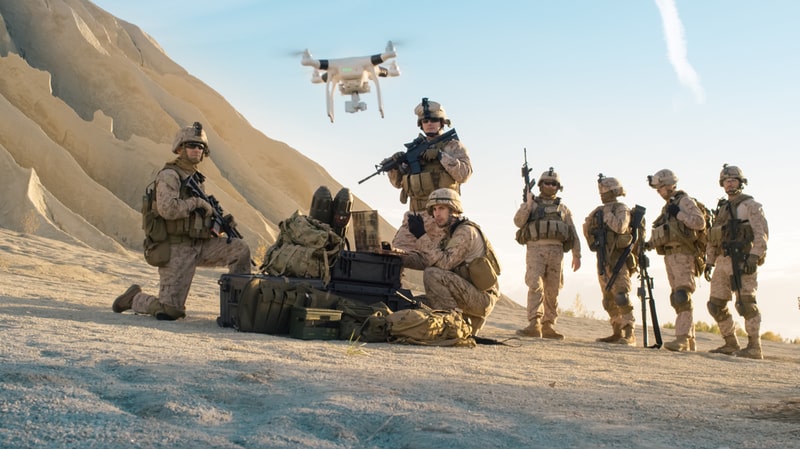
The U.S. Army plans to begin producing more than 10,000 small drones per month starting next year as part of a new pilot program dubbed SkyFoundry, senior leaders announced Tuesday during the Association of the United States Army (AUSA) Annual Meeting.
According to Army Vice Chief of Staff Gen. James Mingus and Undersecretary of the Army Michael Obadal, through SkyFoundry, the service will rapidly develop, test, and produce small, unmanned aircraft systems using innovative manufacturing methods, bypassing traditional acquisition timelines in favor of faster fielding.
“We’ll be at 10,000 a month by this time next year, if not more,” Mingus said.
The initiative will be led by Army Materiel Command, which is currently identifying multiple sites for drone design and production. The first facility is expected to be operational within a year.
Notably, legislation introduced earlier this year by Sens. Ted Cruz, R-Texas; John Cornyn, R-Texas; Tom Cotton, R-Ark.; and John Boozman, R-Ark., would formally authorize SkyFoundry as a government-owned drone innovation and production enterprise. A companion bill was also introduced in the House by Rep. Pat Harrigan, R-N.C.
Although Congress has yet to pass the legislation, the Army is not waiting.
Officials are already moving ahead with plans to establish a domestic production facility capable of eventually building up to one million small drones annually, signaling a significant commitment to scaling unmanned systems regardless of formal legislative backing.
According to the bill, SkyFoundry would also include a dedicated innovation facility serving as the Army’s research, development, and testing hub, integrating lessons learned from global conflicts to rapidly evolve U.S. small, unmanned aircraft systems designs.
The program also emphasizes adaptability. According to Mingus, drones developed under SkyFoundry will serve a range of roles – from sensors to kinetic systems – and will be designed to evolve rapidly with soldier feedback.
“We want soldiers to tell us what that number should be. We want them to inform us,” Mingus said, emphasizing that the number of drones will change each year.
According to Obadal, SkyFoundry aims to reduce reliance on foreign-made drones, which currently dominate the commercial market. Obadal said the effort will help create a robust domestic drone industry, focusing on critical capabilities like software and payload integration.
“We can bring industry in a partnership where we can experiment with their software [and] their payloads. That’s what really matters in a drone, not the plastic and metal that goes into it,” Obadal said.
Mingus also explained that the service “wants industry to come back and provide that best-of-breed in tranche buys, instead of being stuck with a particular asset for decades and decades.”
Obadal also emphasized the urgency of reversing the flow of innovation.
“The military used to develop new tech that went to the commercial sector. Now it’s the inverse,” he said. “How do we bring those unique commercial things that are weeks old to the military to solve problems?”
The Army’s push aligns with a broader Department of Defense – which the Trump Administration has rebranded as the Department of War – initiative under Secretary of Defense Pete Hegseth’s July directive, “Unleashing U.S. Military Drone Dominance,” which calls for every Army squad to be equipped with low-cost, attritable drones by the end of 2026.
